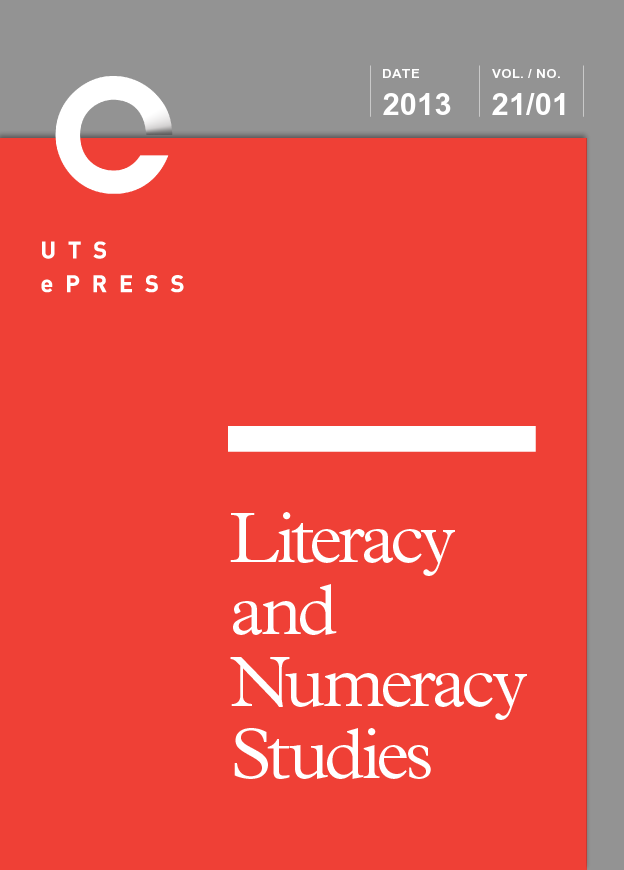Examining Museum Visits as Literacy Events: The role of mediators
Main Article Content
Abstract
Museum exhibitions are literacy rich environments. Visitors may engage with a range of texts including texts that constitute the exhibition objects themselves, those that convey information about the objects and those that instruct visitors about how the visitors are expected by the museum to navigate through the exhibition. The ways in which visitors engage with these diverse texts are important defining factors of the visitors’ museum experience.For museums, understanding how texts in their exhibitions are influencing the museum experience, and the possibility of a museum experience for the broad public community is important in the fulfilment of their public mission as cultural and education institutions. In this paper, we adopt a view of literacy as a social practice, the perspective of New Literacy Studies (NLS), that offers a fruitful way for museums to consider the interactions between exhibition texts and their audiences. Such considerations, we argue, can inform museums’ approaches to broadening their visitor demographics to more strongly fulfill their public mission. We show that the goals of NLS resonate with some of the goals of the New Museology movement in museum studies, a movement that aims to democratize what museums represent and how. From NLS, we employ the concept of a literacy event to describe an exhibition visit through a literacy lens, and the concept of a literacy mediator to examine the literacy event not exclusively as an individual event, but a collectively produced event. The paper draws on data on how the literacy events of two groups of ‘non-traditional’ visitor groups were mediated in an exhibition, and show how they reveal the range of different literacies that visitors need to negotiate in a museum exhibition.
Article Details
Issue
Section
Authors who publish with this journal agree to the following terms:
a) Authors retain copyright and grant the journal right of first publication with the work simultaneously licensed under a Creative Commons Attribution License that allows others to share and adapt the work with an acknowledgement of the work's authorship and initial publication in this journal.
b) Authors are able to enter into separate, additional contractual arrangements for the non-exclusive distribution of the journal's published version of the work (e.g., post it to an institutional repository or publish it in a book), with an acknowledgement of its initial publication in this journal.
c) Authors are permitted and encouraged to post their work online (e.g., in institutional repositories or on their website) prior to and during the submission process, as it can lead to productive exchanges, as well as earlier and greater citation of published work (See The Open Access Citation Advantage Service). Where authors include such a work in an institutional repository or on their website (ie. a copy of a work which has been published in a UTS ePRESS journal, or a pre-print or post-print version of that work), we request that they include a statement that acknowledges the UTS ePRESS publication including the name of the journal, the volume number and a web-link to the journal item.
d) Authors should be aware that the Creative Commons Attribution (CC-BY) License permits readers to share (copy and redistribute the work in any medium or format) and adapt (remix, transform, and build upon the work) for any purpose, even commercially, provided they also give appropriate credit to the work, provide a link to the license, and indicate if changes were made. They may do these things in any reasonable manner, but not in any way that suggests you or your publisher endorses their use.
